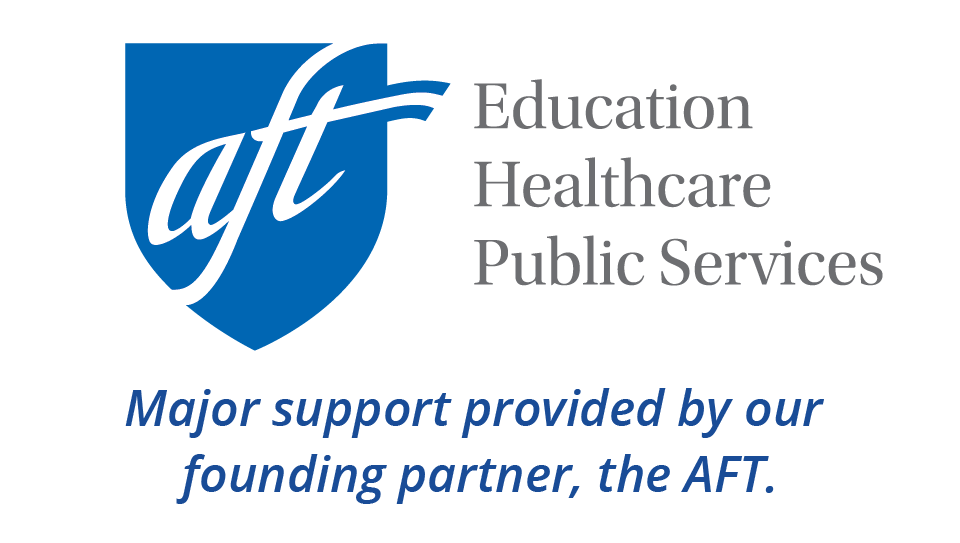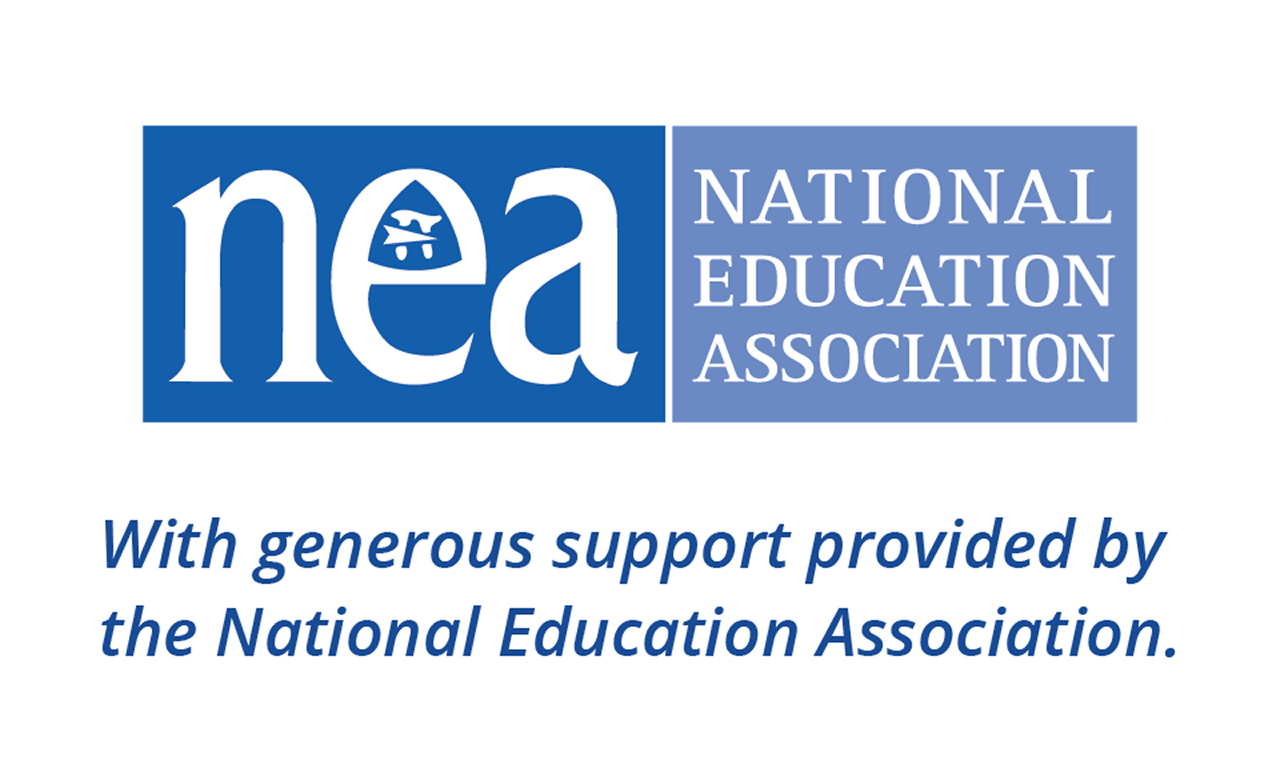Graphic organizers are a great tool to use when teaching English language learners (ELLs). Visual illustrations allow ELLs to better understand the material while learning important vocabulary.
Strategy: Graphic Organizers
Find more tips about using graphic organizers in our ELL strategy library!
Graphic organizers are most useful to ELLs when presented in small group activities. During the activities ELLs benefit from opportunities to work cooperatively — students are able to discuss and share their thoughts as they begin to contribute to the group effort. When ELLs use graphic organizers, they show achievement benefits across a variety of content areas, in all grade levels.
Ideas for Graphic Organizers
When teachers begin to use graphic organizers they need to follow some simple steps to make sure ELLs gain knowledge from such a simple yet reliable tool (Merkley & Jefferies, 2001). For example as a teacher begins to present a new topic, such as the solar system, an organizer can assist introducing the new idea.
Teachers should also begin to verbalize the relationship between the ideas, and the information that will be taught. Students or adults can write/draw the information provided by other students using a K-W-L chart. Graphic organizers should be tailored to reinforce the relationships between concepts, reminding students that this is just a quick preview of the material that will be taught next.
Secondly, teachers need to provide the opportunity for students to participate in discussions. ELLs need to have numerous pauses to process language in order to participate. For instance, classroom activities can be tailored to let students create graphs such as a concept definition map. Students can create a list of familiar terms to these maps.
Once students had the opportunity to share their thoughts and understand the topic that it is to follow, teachers can start to connect new material to their prior knowledge. Lessons need to guide ELLs to activate prior knowledge as they recollect earlier taught content to be able to retain new material (Merkley & Jefferies, 2001). In other words, graphic organizers provide a visual summary as they describe information – introducing ELLs to new technical vocabulary as they reinforce decoding skills of key words for an upcoming lesson.
Graphic organizers facilitate ELLs' comprehension through visual illustrations of key terms, vocabulary, ideas, and the relationship among them. Improving student's reading comprehension can be challenging, but such progress is necessary when focusing on students who are learning English (Kim, Vaughn, Wanzek, & Wei, 2004).
Note: When using graphic organizers with ELLs, be sure to explain how to use them and check back to ensure their understanding.
Strategy: K-W-L Chart
K-W-L charts are graphic organizers where students can share:
- What I Know
- What I Want to Know
- What I Learned
Here are some examples:
- K-W-L Chart and lesson (ReadWriteThink)
- K-W-L Chart (Education Place)
- K-W-L Chart and Overview (Facing History)
Video: Using a K-W-L Chart for background knowledge
ELL high school teacher Christine Rowland explains how to use a KWL chart to identify students' existing background knowledge.
Recommended Resources
- Education Oasis: Graphic Organizers for Vocabulary Development
- TeacherVision: Language Arts Graphic Organizers
- TeacherVision: Graphic Organizers
- Education Place: Graphic Organizers
- K-W-L Chart & Lesson Ideas (ReadWriteThink)







Comments
Anonymous replied on Permalink
What year was this article written?
lbreiseth replied on Permalink
It was published in 2005. Thanks!
Add new comment